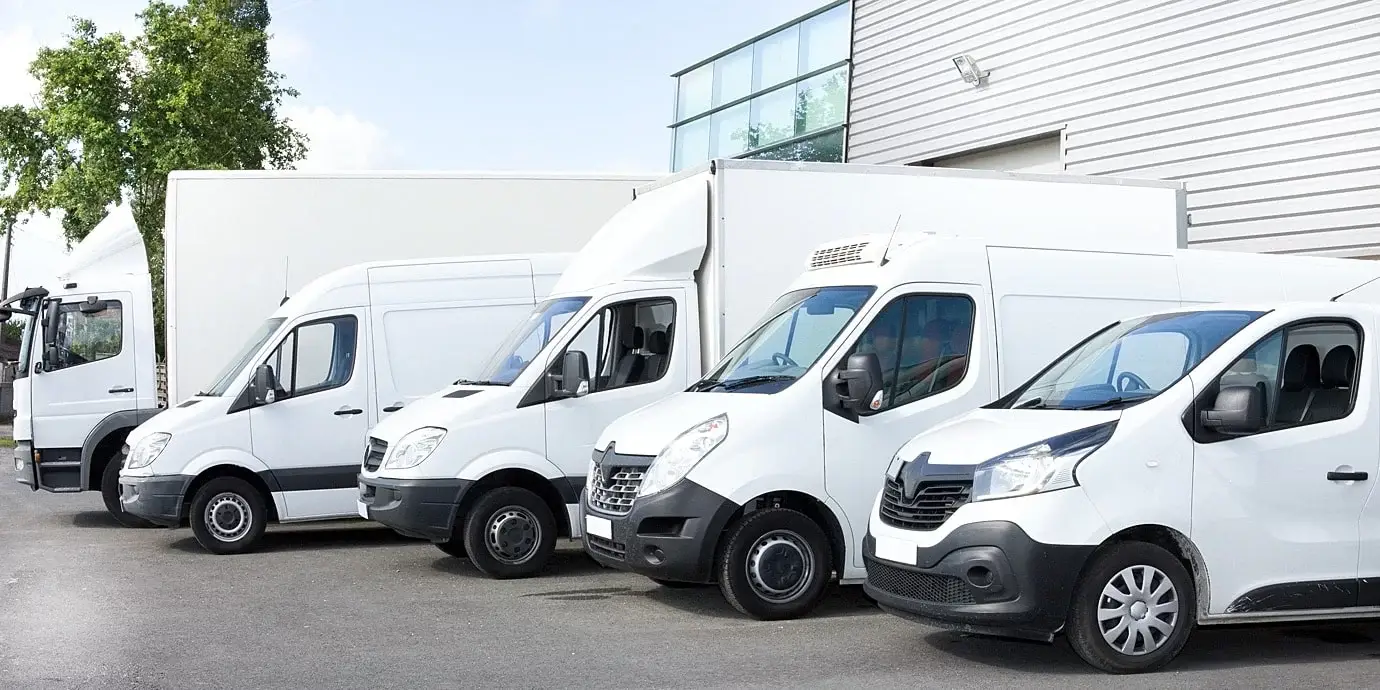Behind the Wheel: The Invisible Economy of Commercial Vehicle Rental in Modern Business
Introduction
In the shadow of gleaming corporate towers and beneath the hum of motorway overpasses, the commercial vehicle rental industry quietly powers countless businesses across sectors and scales. From the independent contractor hauling renovation materials to multinational logistics operations, commercial vehicle rental provides the flexible backbone that allows enterprises to expand and contract with market demands. This unassuming industry—rarely glamorous, seldom celebrated—represents a critical infrastructure supporting everything from last-mile deliveries to cross-country freight, revealing the complex interconnections of modern commerce.
The Economic Calculus: When Renting Trumps Ownership
Beyond the Balance Sheet
For businesses navigating uncertain economic waters, the decision between vehicle ownership and rental involves calculations far more nuanced than simple cost comparison:
- Fleet flexibility responding to seasonal or unexpected demand surges
- Capital preservation during expansion phases
- Avoidance of depreciation and mechanical obsolescence
- Transfer of maintenance responsibilities and unexpected repair costs
- Predictable monthly expenses for accurate financial forecasting
“Every vehicle sitting idle represents capital that could be deployed elsewhere,” observed a fleet manager for a mid-sized distribution company. “When our delivery demands fluctuate by 40% between quarters, maintaining ownership of enough vehicles to meet peak demand would mean watching assets depreciate during slow periods—a luxury few businesses can afford.”
The Spectrum of Need: From Hours to Years
The commercial vehicle rental market fragments across a remarkable diversity of timeframes and purposes:
- Day rentals for emergency replacements when fleet vehicles require maintenance
- Week-long arrangements during seasonal business surges
- Monthly agreements providing flexibility with medium-term projects
- Multi-year leases functioning as alternatives to outright purchase
- Specialised rentals for industry-specific vehicles are rarely needed continuously
This temporal flexibility allows businesses to calibrate transportation capacity precisely to their needs—a capability particularly valuable for enterprises operating with narrow margins in competitive sectors.
The Human Element
Invisible Workers in Plain Sight
Behind every rented commercial vehicle moves a human story seldom considered by those who witness these vehicles in motion. Small business owners sacrificing weekends to complete deliveries in rented vans; recently-arrived immigrants finding economic footholds through delivery services using rented vehicles; established businesses testing expansion into new territories through temporary fleet increases.
“I started with one rented van three days a week,” shared an entrepreneur who now operates a regional delivery service. “That single vehicle represented everything—my livelihood, my children’s future, my chance to build something. Five years later, we’re renting fifteen vehicles and employing twenty-two people. But I still remember the feeling of turning the key in that first rental.”
The commercial vehicle rental industry thus serves not merely as an equipment provider but as an enabler of economic mobility and entrepreneurial possibility.
The Infrastructure of Flexibility
Digital Transformation and Market Evolution
The traditional commercial vehicle rental transaction—paperwork-heavy, time-consuming, often rigid—has undergone a remarkable transformation:
- App-based platforms facilitating instant booking and contactless vehicle access
- Dynamic pricing models matching supply with demand across locations
- Telematics integration providing real-time fleet visibility
- Predictive maintenance scheduling minimises downtime
- Specialised sector-specific rental platforms matching unique equipment to niche industry needs
These technological advances have democratized access, allowing smaller operations to achieve logistical capabilities previously available only to established enterprises with dedicated fleet management teams.
The Environmental Reckoning
Sustainability Challenges and Responses
The commercial vehicle rental sector finds itself at a critical intersection of environmental concerns and business necessities:
- Accelerating the transition toward electric vehicle options
- Implementation of carbon offset programs for conventional rentals
- Optimised maintenance protocols, reducing emissions from existing fleets
- Route optimisation software reduces unnecessary mileage
- Right-sizing programs, ensuring appropriate vehicle selection for specific tasks
“Our clients increasingly ask not just about availability and price, but about environmental impact,” noted a representative from a major commercial rental provider. “We’re seeing businesses factor carbon footprint into their decision-making alongside traditional metrics like cost and convenience—a shift that’s transforming our investment priorities.”
This greening of the commercial vehicle rental sector reflects broader trends toward sustainability, but also reveals the tensions between immediate business needs and longer-term environmental imperatives.
Industry Challenges and Adaptations
Navigating Complex Currents
The commercial vehicle rental industry navigates a complex landscape of challenges:
- Vehicle acquisition difficulties amid global supply chain disruptions
- Skilled driver shortages are impacting client utilisation
- Rising insurance costs are affecting rental pricing
- Regulatory compliance across multiple jurisdictions
- Competition from peer-to-peer rental platforms
These challenges have prompted strategic responses that reshape the industry’s fundamental business model:
- Retention of vehicles for longer periods before replacement
- Implementation of driver training programs as value-added services
- Development of specialised insurance products tailored to short-term commercial use
- Regulatory technology solutions automating compliance documentation
- Creation of hybrid models incorporating peer-to-peer elements within traditional rental frameworks
The Future Landscape
The commercial vehicle rental sector stands on the precipice of transformative change, driven by converging technological and social forces:
- Autonomous vehicle integration beginning with controlled environments
- Hydrogen power options emerging for heavy-duty applications
- Subscription-based models are blurring distinctions between rental and leasing
- Urban mobility restrictions are prompting specialised last-mile solutions
- Blockchain applications ensure maintenance record transparency
Conclusion
The commercial vehicle rental industry embodies the adaptability essential to contemporary business, providing flexibility, mitigating risk, and enabling growth without the burden of long-term commitment. Its continued evolution reflects broader economic currents: the rise of the gig economy, the imperative of sustainability, the digitisation of traditional transactions, and the persistent human desire for independence and opportunity. As businesses navigate increasingly uncertain terrain, the ability to access transportation resources precisely calibrated to immediate needs becomes not merely a convenience but a strategic necessity. The unassuming world of commercial vehicle rental thus reveals itself as far more than a simple business service—it functions as essential infrastructure supporting entrepreneurial ambition and economic resilience across all sectors reliant on the movement of goods and services.




